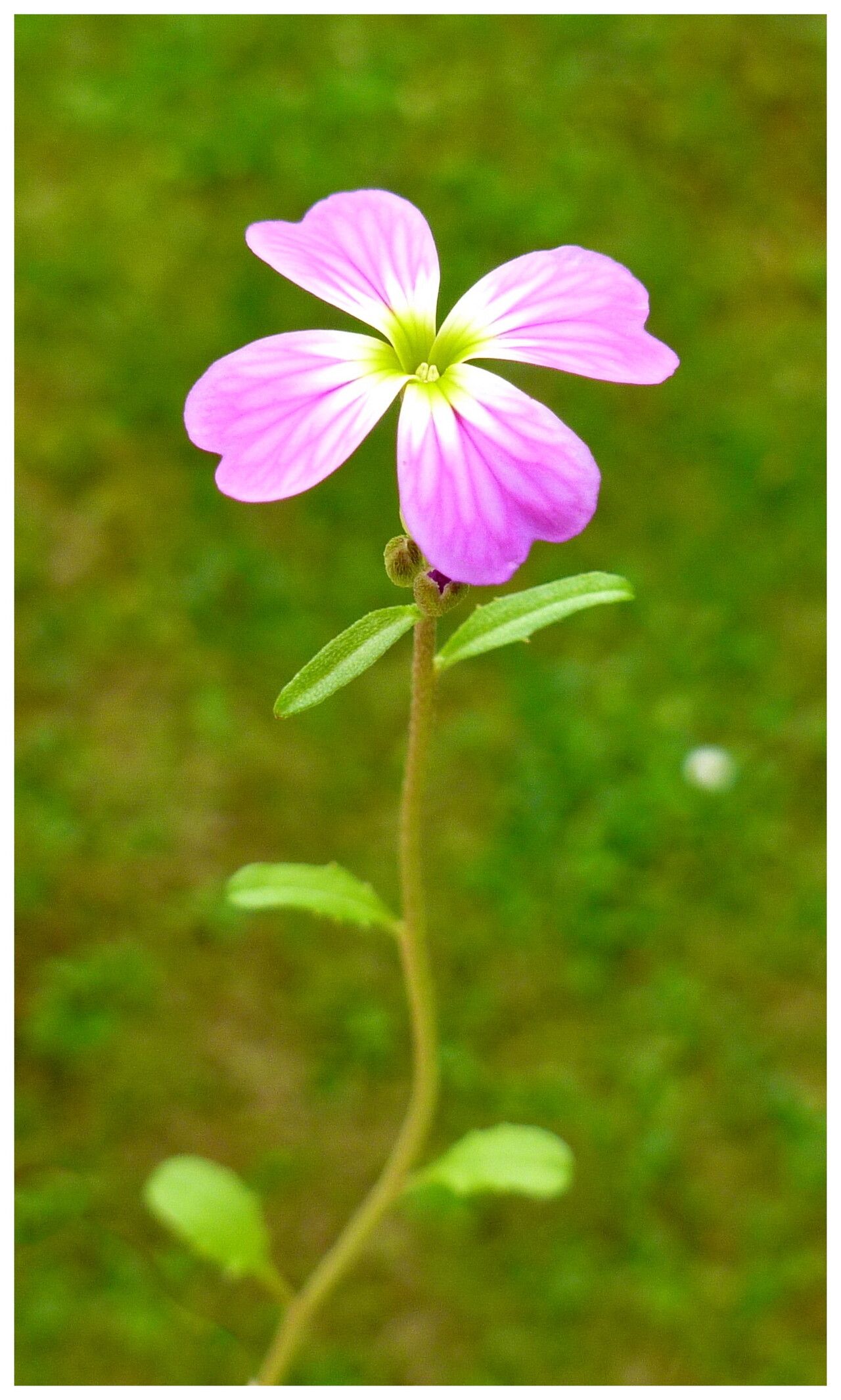Propagating Sweet Alison: A Gardener’s Guide to Malcolmia maritima
Introduction:
Malcolmia maritima, commonly known as Sweet Alison, is a charming annual or short-lived perennial belonging to the Brassicaceae family. Its delicate, four-petaled flowers, available in shades of pink, purple, and white, create a delightful display in spring and summer gardens. Its low-growing, sprawling habit makes it ideal for borders, rock gardens, and containers. Sweet Alison’s popularity amongst gardeners stems from its ease of cultivation (once established) and its profuse, vibrant blooms. However, propagation can present some unique challenges, making success particularly rewarding.
Seed Germination:
Seed germination is a viable method for propagating Malcolmia maritima. However, it can be somewhat unpredictable.
Challenges: Sweet Alison seeds have a tendency to germinate erratically, often requiring specific conditions for optimal results. Seeds may exhibit delayed or uneven germination.
Tips: For best results, sow seeds directly outdoors in autumn or early spring in well-drained soil. While stratification (a period of cold treatment) isn’t strictly necessary, it can improve germination rates. You can achieve this by mixing the seeds with moist vermiculite and storing them in a refrigerator for 4-6 weeks before sowing. Sow thinly, as overcrowding can hinder seedling development. Maintain consistently moist (but not waterlogged) soil until germination.
Rewards: Seed propagation offers the greatest genetic diversity, resulting in a wider range of plant characteristics. It also allows for large-scale propagation, making it an economical option for gardeners aiming to establish a significant number of plants.
Cuttings:
Cuttings are another viable propagation method for Malcolmia maritima.
Challenges: Rooting success can be variable and dependent on environmental conditions. Stem cuttings taken from actively growing shoots tend to root most reliably.
Tips: Take semi-hardwood cuttings (cuttings from slightly matured stems) in late spring or early summer. Remove lower leaves to prevent rot, and dip the cut ends in rooting hormone to stimulate root development. Plant the cuttings in a well-draining potting mix, keep moist, and ensure high humidity (e.g., by using a propagator or covering with a plastic bag).
Rewards: Cuttings provide a quicker way to propagate selected plants with desirable traits compared to seed propagation, preserving the exact genetic characteristics of the mother plant.
Division:
Division is generally not a viable method for propagating Malcolmia maritima due to its annual or short-lived perennial nature. Sweet Alison typically doesn’t develop a substantial root system suitable for division.
Tissue Culture:
While tissue culture is theoretically possible, it is not a commonly employed method for propagating Malcolmia maritima due to the relative ease and cost-effectiveness of seed and cutting propagation. The specialized equipment and expertise required usually outweigh the benefits for home gardeners.
Conclusion:
Propagating Malcolmia maritima offers diverse approaches, each with its own advantages and disadvantages. Seed germination, while unpredictable, allows for genetic diversity and large-scale production. Cuttings provide a faster approach to capturing desirable traits, but require more attention to detail. Division is generally unsuitable. While tissue culture is possible, it’s not practical for home gardeners.
The satisfaction of successfully propagating Sweet Alison is amplified by the initial challenges. Overcoming the unpredictable germination or rooting rates, nurturing delicate seedlings, and finally witnessing a vibrant display of flowers is a truly fulfilling experience. For aspiring propagators, remember patience and attention to detail are key. Experiment with both seed and cutting methods to discover which best suits your skills and resources. The colourful reward will undoubtedly make the effort worthwhile.

